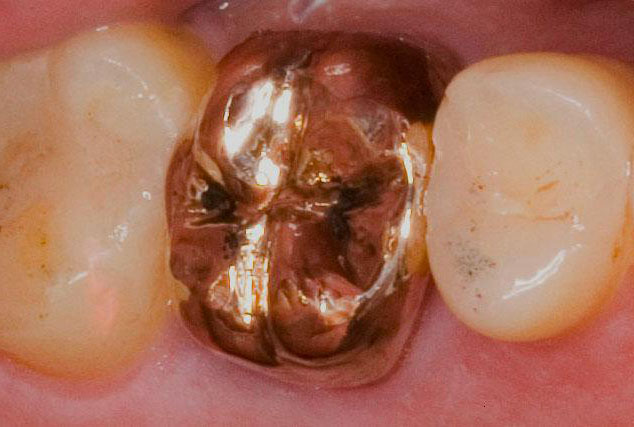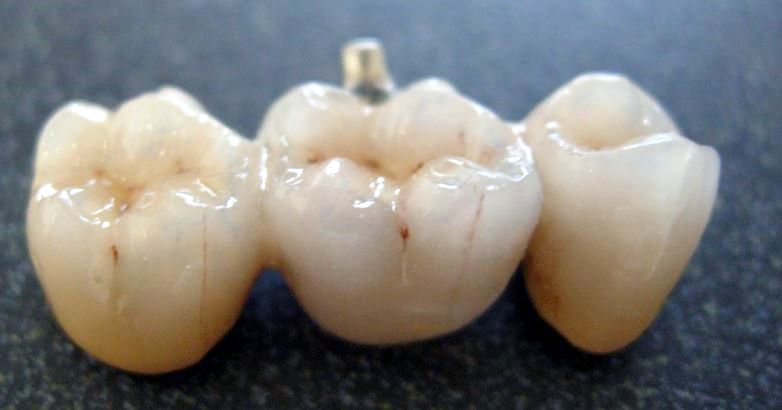Types of Dental Restorations

Advanced dental technology has given us restorations that are both cosmetically pleasing and highly functional. As a result, you have many options when choosing dental restoration materials.
Materials used in fillings
 Silver amalgam is a very common filling material. When it is prepared, it has a very soft consistency that can easily be shaped to fit the cavity. It then hardens into a very durable, solid filling.
Silver amalgam is a very common filling material. When it is prepared, it has a very soft consistency that can easily be shaped to fit the cavity. It then hardens into a very durable, solid filling.
Silver amalgam is primarily used to fill cavities that are located in inconspicuous places. Because of its “darkish” appearance, the back teeth are the most likely to be repaired using silver amalgam.
Gold has a long history of being used in dental restorations. It is a very durable, non-corrosive metal. Usually, gold restorations last 20 to 30 years.
Most gold fillings are cast in the mold of the cavity and are then cemented into place. Although gold is lighter in color than silver amalgam, it is still primarily used to repair the back teeth.
Composite white fillings are made of two main ingredients:
- Plastic resin
- Finely ground porcelain particles.
Composites are applied to the teeth in thin layers and are used on highly visible teeth because of their ability to match the surrounding tooth color.
Porcelain is a ceramic material much like fine china. It shares many of the advantages of composite fillings, such as having the ability to match the natural tooth color.

Inlays and onlays
If the side or top area of a tooth is damaged or decayed, it may be restored with a gold or composite inlay filling. The decayed or broken tooth structure is shaped and an impression is taken. A small filling is made from the model of the impression. The inlay is then fitted into the tooth and cemented or bonded permanently. Onlays are basically large fillings. When a portion of a tooth’s crown is severely decayed or a cusp is fractured, an onlay may be used to restore the tooth. Onlays are mainly used for the molars in the back of the mouth. Since molars must withstand heavy chewing pressures, onlays are usually constructed with a gold or metal alloy. Porcelain can also be used, especially when the color of the tooth is an issue.
Crowns
Teeth will sometimes crack, old fillings will become loose, or decay may destroy large portions of a tooth. When a tooth is so severely damaged that an onlay cannot be made, the tooth must be fitted for an artificial crown (also known as a cap). If the root is dead or exposed, it must be removed through root canal therapy before the crown is placed. Crowns strengthen and protect the remaining tooth structure by covering the entire tooth. They are made to look just like natural teeth, and if the tooth the crown is replacing had imperfections, the new crown will make your smile more attractive. Three main types of crowns are available – full gold crown, porcelain covering metal, and all porcelain crown.
Moldable plastic are used to create temporary crowns. Before a dentist can place crowns, your dentist normally needs to decrease the size of your teeth, so that there is enough space for a crown. While a dental laboratory is producing your new crown, you usually get temporary crown made of plastic. These are the same type of plastics that are used in “glues” to temporarily repair a chipped tooth. Read more about this on Non Toxic Super Glue For Teeth.
